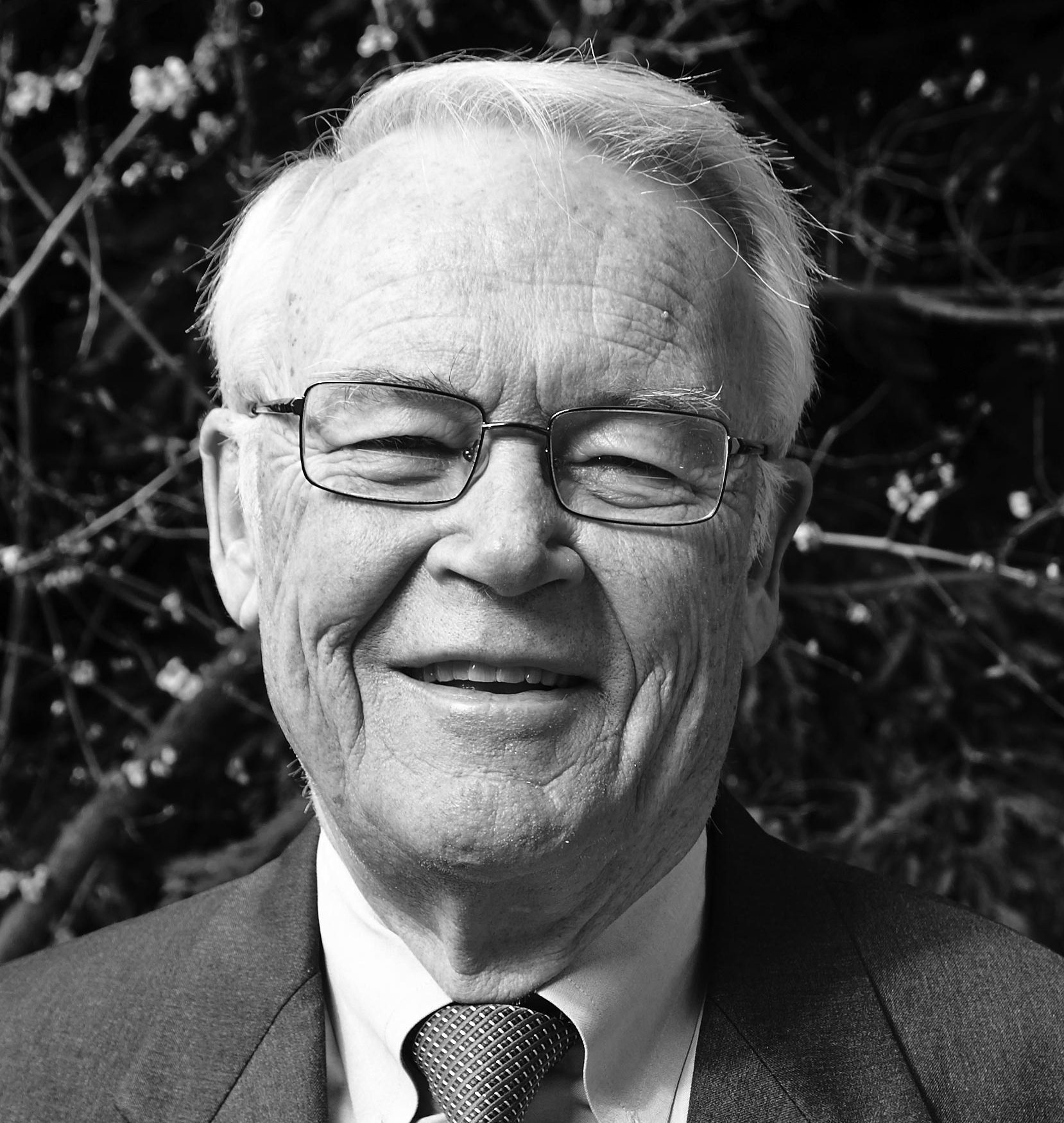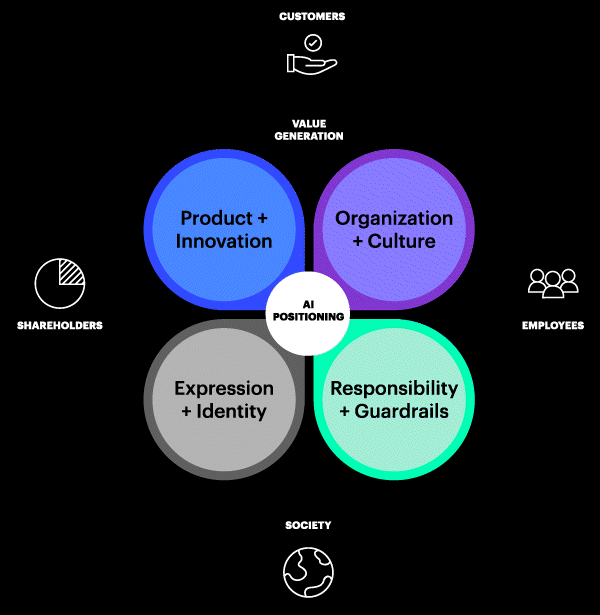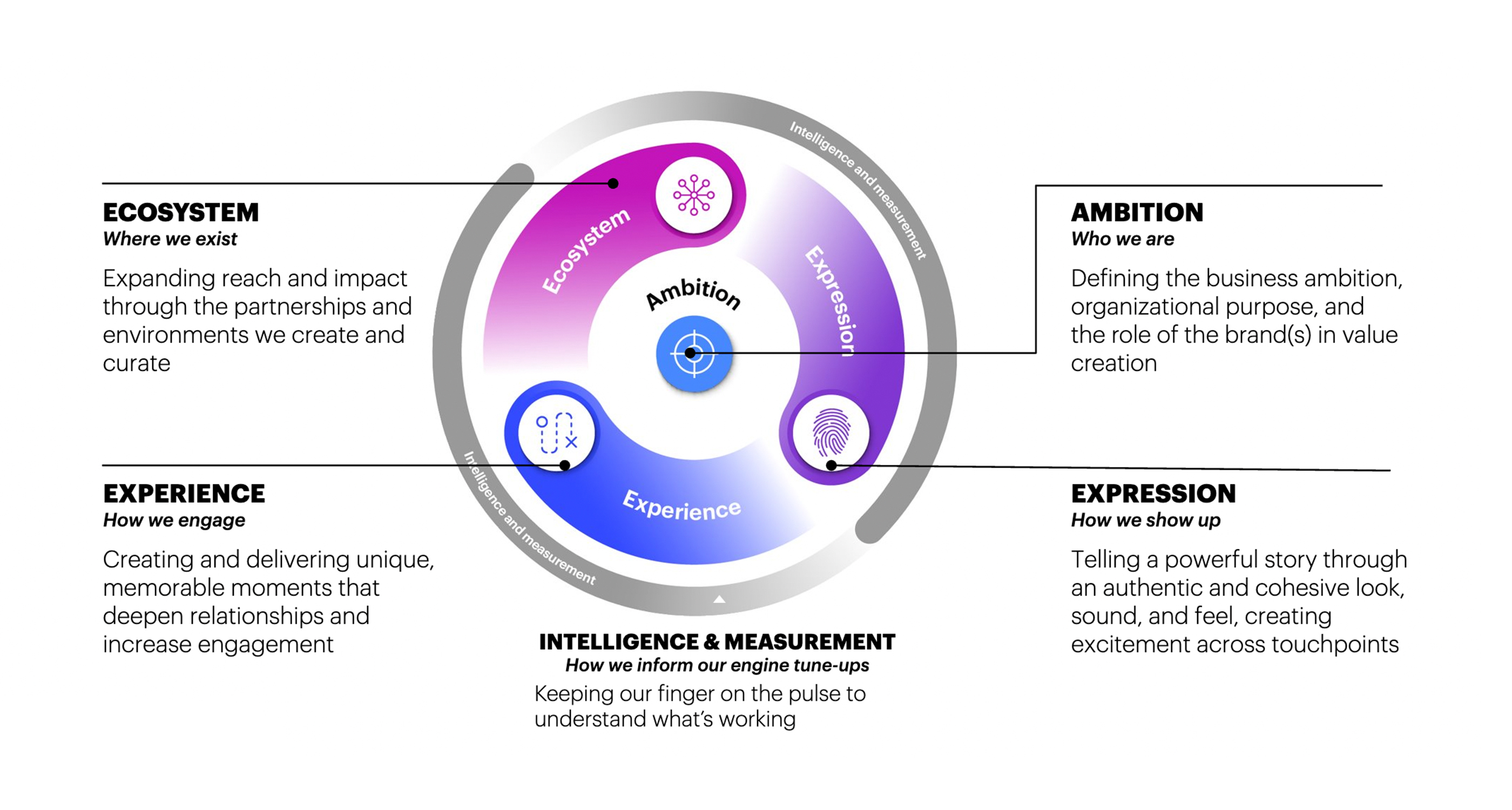Chief marketing officers are some of our favorite people, and as we were putting together our annual list of predictions for the year ahead, we got a fast reminder why. Despite an uncertain economy, changing expectations from CEOs, and fast-rising media rates, marketers remain as optimistic as ever.
We spoke to more than 25 senior marketers to get their take on the challenges they’re facing and where they plan to prioritize in the coming year. Their belief in the power of creativity and new ideas keeps growing. And they’re continuing to beat the drum on the importance of testing and learning, innovating, and being at the forefront of leveraging AI to help them achieve uncommon growth.
As CMOs settle into the expanding remit of their role, they’re increasingly confident about broader opportunities. Many now have ownership of growth initiatives and transformation efforts. They are overseeing efforts to drive both brand and demand and are responsible for orchestrating numerous, impactful touchpoints throughout the entire customer journey. One leader we interviewed told us it’s like that movie, “We have to be everything, everywhere, all at once.”
These leaders see themselves as fully in the driver’s seat, organizational change-makers, providing the voice of the customer to advocate for new capabilities. They are connecting dots across more functions. They are operating at two speeds: balancing the need to deliver in-quarter results with setting up longer-term growth moves, all while navigating continued outside-in disruption.
Here are four predictions we expect to see in 2024.
Trend #1: Finding Uncommon Growth in the Storm
It’s certainly not news to CMOs that they’re navigating turbulent markets. Yet they’re cautiously optimistic about what lies ahead, with 49% saying they are more upbeat about the U.S. economy than last quarter. According to a recent study by Deloitte, only 22% are less optimistic. According to Forrester, 80% expect a marketing budget increase, albeit a modest one, going into 2024. No wonder 75% of senior marketers in a recent Gartner survey say they’re expected to do more with less.
They’re on a tightrope, juggling near-term tactics while planning long-term growth goals. A recent Salesforce survey of marketers finds that 76% say they feel more responsibility to drive growth – proof indeed that more enterprises are recognizing marketing’s power to increase revenue.
As many marketing leaders have taken on more commercial responsibility, that pressure keeps building. “Previously, my role focused on communications and driving colleague engagement,” says the CMO of a leading advisory firm. “Now it’s shifted to driving topline growth while carving out greater differentiation.”
“The world has gotten very complicated, yet organizations are facing pressure to grow at the same pace as when the world was less volatile,” agrees the CMO of a commercial real estate company. “All of this is making it even more difficult to get your message out.”
“The big challenge now is not to overcompensate,” says a leading building supply company marketer. “We didn’t overspend when things were good. So let’s not underspend when things are bad.”
But these leaders know their role is more significant than deciding where to dial back spending. “What got us here won’t get us there,” says a CMO at a top-tier financial company. And like 83% of respondents in the Gartner study, the marketing strategies her team has come to rely on in the last two years are markedly different than those of the past.
Critical to this evolution –and any and all growth– is a greater-than-ever push toward customer centricity. “Do we really understand our customers? That’s what keeps me up at night,” says a top marketer at a financial advisory company.
As marketers grapple with being asked to do more with less resources while simultaneously proving value from their marketing investments, it will become even more critical in 2024 to be able to prove ROI by translating business objectives into quantifiable customer goals. Actively defining and measuring against clear KPIs will be key to allowing marketers to quickly pivot to optimize their efforts to deliver better outcomes.
Trend #2: Acing the Marketing Basics While Leaving Room for Experimentation
Most of the CMOs we spoke to say that they are getting more comfortable operating in a post-pandemic marketing environment that is often turbulent and unpredictable.
Finding better ways to integrate brand and demand strategies is at the top of that list. While there is a short-term swing towards demand, brand continues to play an essential role. Finding the right ratios remains critical, but the old-school separation no longer works. “Companies that separate budgets and teams between brand and demand do so at their disadvantage,” says the CMO of one of the world’s largest e-commerce companies. “Every touchpoint informs perception of the brand, and every brand touchpoint needs to deliver business.”
“I want my budget all looked at through an integrated model,” agrees a top financial marketer. “I’m a big believer in brand and demand.”
Generative AI, already critical to 56% of marketers, is taking on more importance, with 80% of those in the Forrester survey saying they intend to use generative AI in the next year. Blogs are the most common use, named by 65%, followed by website copy at 62%.
Updated techniques to track ROI, with data and analytics emerging as the new rocket science, are also on top of CMOs’ “must-do” lists. Even as 63% of the marketers in Forrester’s research are amping up martech investments, Salesforce finds that 72% struggle to measure the impact, and 43% find it hard to track customers across the journey. CMOs are becoming increasingly vocal about these glaring blind spots. “Someone needs to figure out …” is a refrain constantly echoing throughout marketing departments when it comes to marketing measurement and attribution.
Leaders are determined to remedy that problem in the coming year. “We look at marketing-attributed revenue, particularly inbound leads driven by digital or other channels,” says a senior financial services marketer. “We also look at how effectively we sell differentiated service bundles tied to our client needs. To measure the success of our business development enablement, we look at win rates and the service portfolio’s overall growth.”
Other hot-button issues that were mentioned? More innovative ways to track the cost, benefits and risks of influencer marketing, and social issues, particularly in reaching Gen Z.
What does this mean for marketers in 2024? Despite pressures from boards and executive teams to deliver near-term results, CMOs need to continue to support longer-term priorities that they know will be important over time. Allowing space for experimentation, whether it’s with new AI technology, martech or channel strategies, will help guide where to invest without over-indexing on long-term or short-term growth ambitions.
Trend #3: Acting as Organizational Change-Makers
Getting the foundational basics right is vital. But it’s not enough. To create transformational growth, CMOs are becoming digital leaders, stepping more forcefully into corporate grey areas. Although marketing leaders currently lead 70% of digital transformations, even more are grabbing the reins. “There is a void,” says a marketer at a large regional health organization. “No one owns the full digital transformation, so we are just taking it on.”
As the role of marketing has expanded, they believe it’s time to shake up the operating model. In Gartner’s research, 86% of marketers agree that their organization must change how it works to achieve sustainable results.
CMOs need to think about themselves as connectors and integrators. They should think cross-functionally across departments, linking channels and disciplines across products and experiences. This year, 37% say their teams are fully integrated, up from 19% a year ago according to Deloitte’s CMO study.
For those lucky enough to work for C-suites who have fully bought into this level of collaboration, it’s easier to make progress. “Building strong relationships between functional leaders based on transparency, empathy, and mutual benefit, has been instrumental in breaking down silos and achieving better outcomes,” says a CMO from a large retailer, who now calls her bond with the head of product one of the tightest partnerships she’s ever had. “It’s been an absolute game changer.”’
As marketing’s responsibilities shift and expand, finding opportunities for cross-functional collaboration not only helps break down internal silos but also creates better outcomes for customers. Marketing leaders have a real opportunity to be catalysts for change across their organizations, and they should be ready to lead the charge.
Trend #4: Leaning into Creativity
What’s perhaps most exciting, is that even as they build teams with new skills, capabilities and competencies, leaders are less bashful about what drew them to marketing in the first place: The power of creativity and ideas.
CMOs say this creativity still plays a critical role in differentiating brands. They find joy in investing in the brand and seeing how creativity helps them stand out, increase revenues and gain relevance. They are building moments that matter, and ultimately that lead to sustainable growth.
“I still believe in the power of big ideas,” says one CMO. “When problems need solving, traditional creativity always wins.”
As pressure builds to deliver and prove ROI, creativity often takes a backseat. But it would be a mistake to overlook the power of creativity, and how it allows brands to connect with customers on a meaningful level. Marketers understand this and should continue to push for inspiration that’s driven by deep and authentic creativity.
































